December 4, 2024
The Ebiil Society: Champions of Palau
Ann Singeo, founder of our partner organization the Ebiil Society, shares her vision for a thriving Palau and a flourishing world of indigenous science!
We use cookies to help you navigate efficiently and perform certain functions. You will find detailed information about all cookies under each consent category below.
The cookies that are categorized as "Necessary" are stored on your browser as they are essential for enabling the basic functionalities of the site. ...
Necessary cookies are required to enable the basic features of this site, such as providing secure log-in or adjusting your consent preferences. These cookies do not store any personally identifiable data.
Functional cookies help perform certain functionalities like sharing the content of the website on social media platforms, collecting feedback, and other third-party features.
Analytical cookies are used to understand how visitors interact with the website. These cookies help provide information on metrics such as the number of visitors, bounce rate, traffic source, etc.
Performance cookies are used to understand and analyze the key performance indexes of the website which helps in delivering a better user experience for the visitors.
Advertisement cookies are used to provide visitors with customized advertisements based on the pages you visited previously and to analyze the effectiveness of the ad campaigns.
Looking to make an impact this Earth Month? Here’s how.
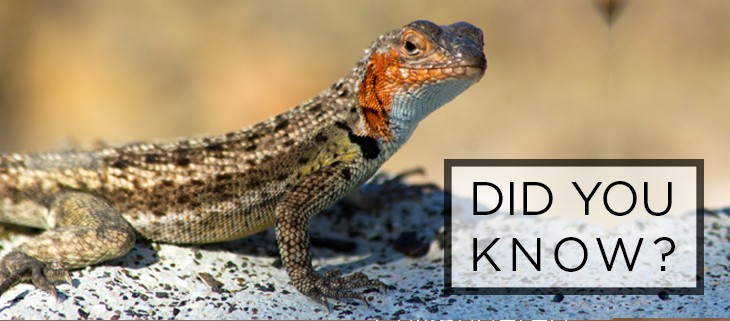
The Marine Iguana (Amblyrhynchus cristatus) is listed by the International Union for the Conservation of Nature as a Vulnerable species. It lives among the rocks of the Galápagos islands. The Marine Iguana is well known for a behavior that is strange even among lizards: sneezing in order to remove salt water from their noses. This saline purge often results in the salt being sprayed atop their heads – giving them a salty mucous wig.

A native to the Bahamas, this Curly-tailed Lizard (Leiocephalus Carinatus) is one of five subspecies. The species gets its name from a courtship and territorial display during which it curls its tail. Evidence suggests that the lizards might also curl their tails in order to trick predators into attacking the easily detached rear rather than the head.
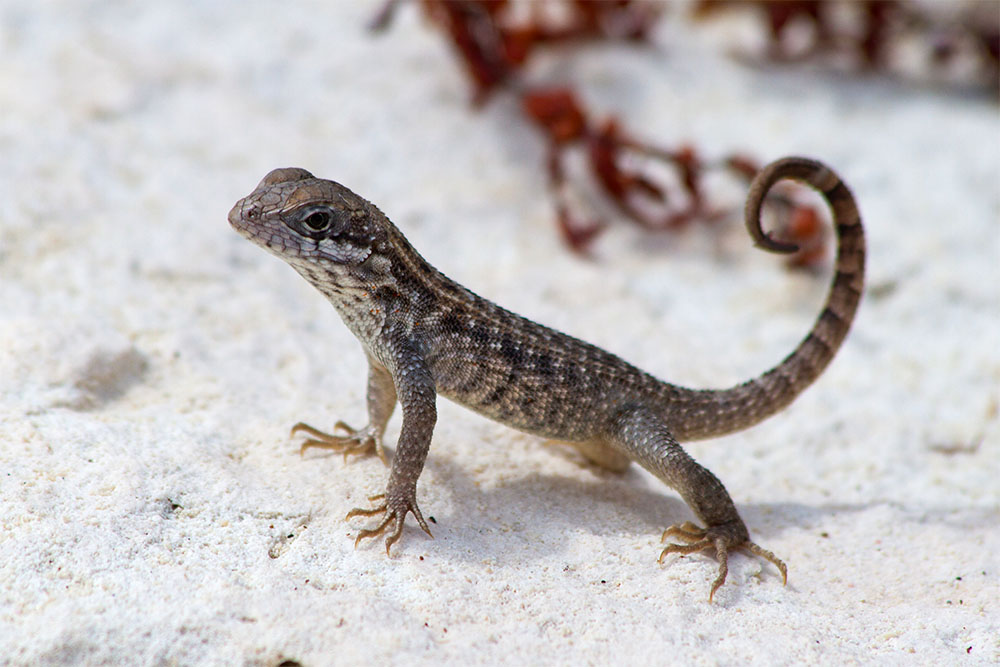
The Brown Anole (Anolis sagrei) is a native species to Cuba and the Bahamas, but is presenting a major problem in other regions where it has become invasive after being introduced as part of the pet trade. This species has a bizarre characteristic: it molts in sections rather than as a whole and then eats the molt to replenish lost calcium.
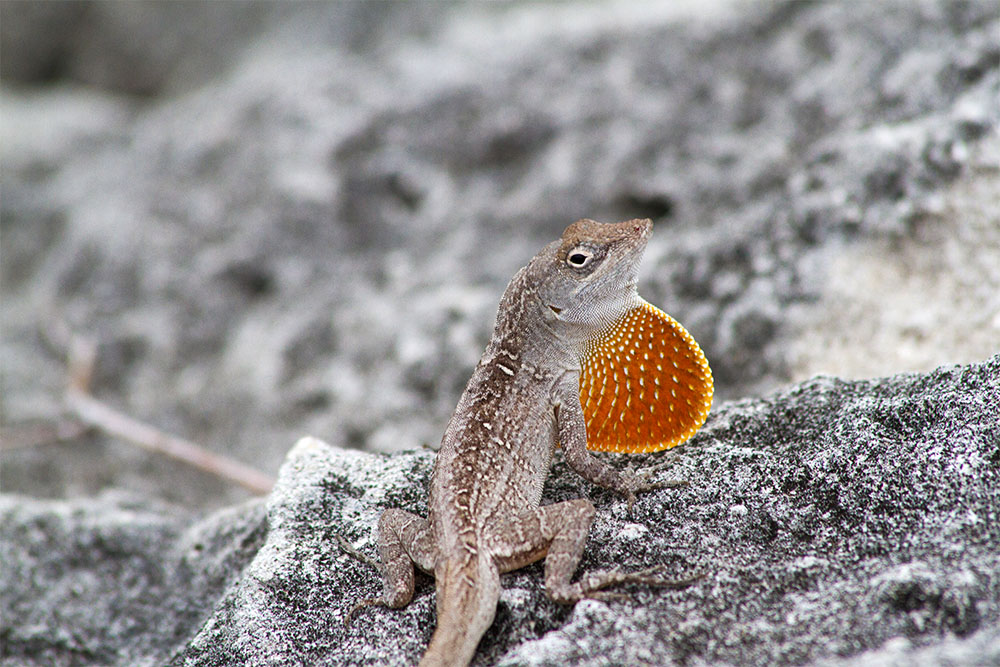
The brightly colored Clarion Lizard (Urosaurus clarionensis) is a species endemic to the Clarion Islands of Mexico. The species is considered to be Vulnerable due to a number of threats brought on by the presence of invasive feral pigs and goats. Very little is known about this species, including what part of the island it inhabits. The island is largely made up of tropical dry rainforest, but researchers do not know if Clarion Lizards inhabits the forest. There is also concern that invasive feral cats are likely to harm the Clarion Lizard population.
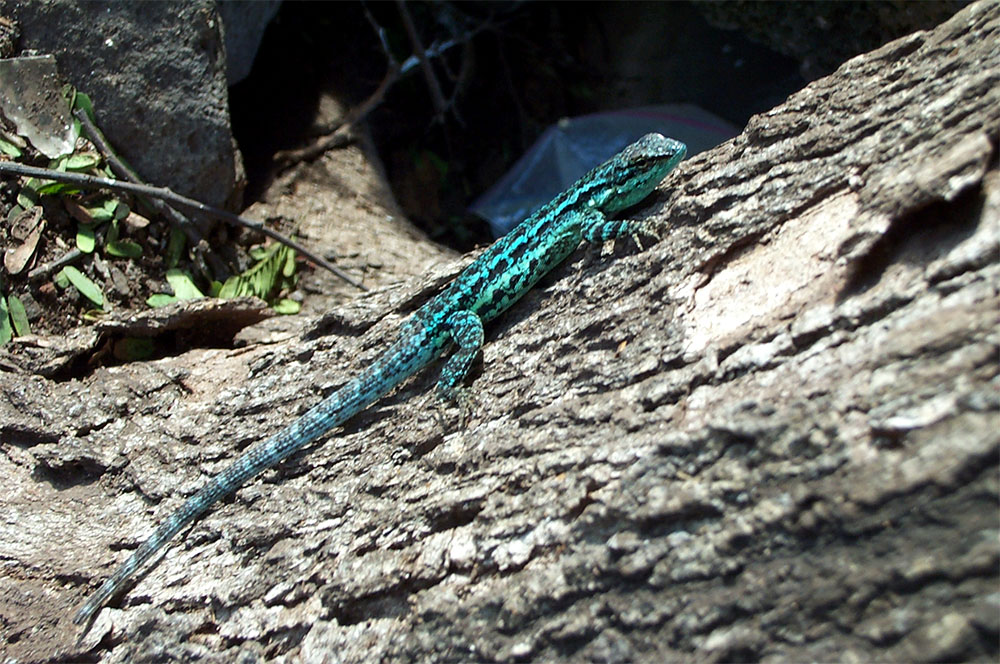
The Rabida Gecko was once believed to be extinct,Very little is known about the Rabida Gecko since most of what scientists thought they knew came from fossil record data. However, there new hope to learn more about the Rabida Gecko; in a surprising twist, Island Conservation’s 2011 removal of invasive rats on Rabida Island, Galápagos resulted in the rediscovery of the species.
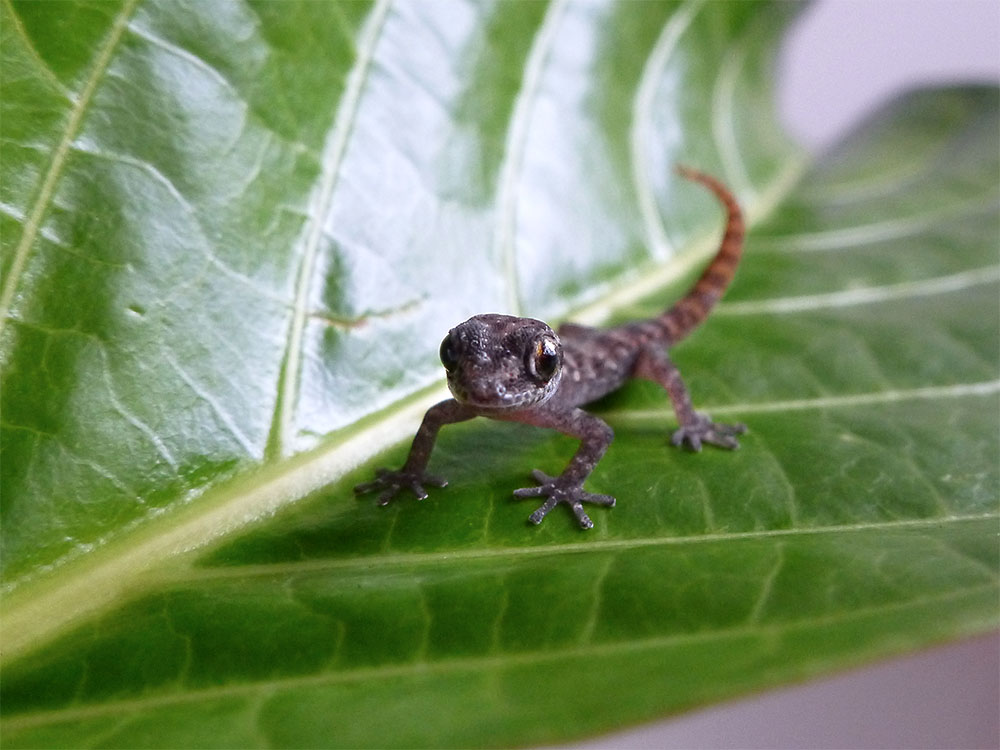
Featured photo: Lava Lizard in the Galápagos. Credit: Island Conservation
Sources:
National Geographic
IUCN Red List of Threatened Species
Bahamas National Trust
Galapagos Conservation Trust
Centre for Agriculture and Bioscience International
Check out other journal entries we think you might be interested in.
Notifications